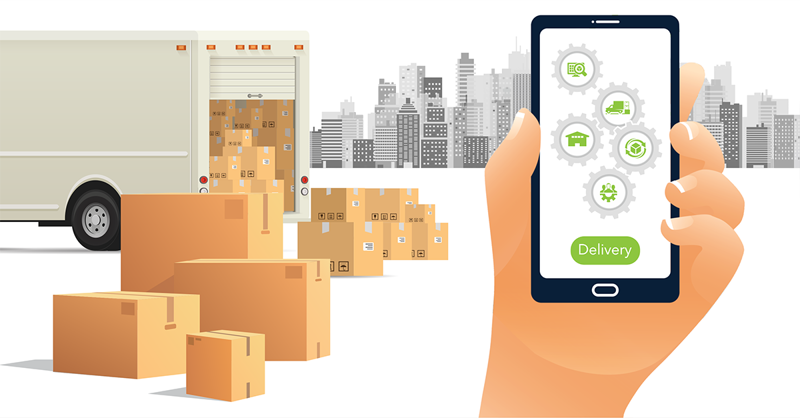As we’ve written about recently, the COVID-19 pandemic has sped up the adoption of online shopping and created a capacity crunch for carriers. And with the holidays rapidly approaching and delivery delays expected, it is shaping up to be a hectic holiday season for retail and eCommerce businesses.
Earlier this year, carriers instituted peak surcharges to deal with the crush of parcels seen during the COVID crisis, squeezing already tight profits. With sales expected to grow by 34 percent during the holidays, the season is shaping up to be a costly one as well.
Many retailers are also now reporting that carriers have informed them that they cannot accept all of their parcel volume during the holiday rush, due to capacity constraints. So even if retailers are willing to accept higher shipping costs, they may be hard-pressed to find a new carrier capable of handling their volume.
Early holiday shopping season
To help combat rising costs and carrier capacity issues, retailers are moving their holiday fulfillment cycle back and incentivizing their customers to make their purchases early, and it seems to be working.
The recently completed Amazon Prime days saw an impact beyond the eCommerce giant’s audience.
According to Salesforce, non-Amazon brands and retailers capitalized on the buzz created by the 5-year-old marketing tactic, with marketing communications from other retail and e-tail companies increasing by 20 percent on the first day of Prime Day (Oct. 13) over the previous day (Oct. 12). The report further noted that an analysis of marketing emails sent from North America’s leading 500 online retailers (IR500) on Oct. 13 and Oct. 14 revealed that at least 18 percent of messages referenced either “Prime” or “holiday.”
Shipping is increasingly local
Former U.S. House of Representatives Speaker Tip O'Neill famously observed that “all politics are local.” Well, eCommerce shipping seems to be going the same way with surcharges, capacity constraints with major carriers, and consumer demand for faster delivery. Shippers are now turning their attention to regional and local carriers as well as couriers to help get their package the last mile to the customer’s doorstep.
According to a Commercial Appeal article, “Many retailers are branching out from traditional shipping providers like FedEx and using localized delivery services like DoorDash, Instacart, Uber, and Lyft.”
Of course, the last thing retailers want during their prime season is to lose money from shipping—especially as consumers still expect free delivery, despite the current environment. That’s why it is important that retail and eCommerce shippers implement omnichannel fulfillment strategies as a way to manage shipping costs and keep their customer delivery promises.
Here are 3 ways shippers can save on shipping in the face of rising costs and booming volume using technology found in a multi-carrier parcel management solution.
- Multi-carrier management: Ok, this may sound pretty self-evident, but managing an expanded network of carriers that include regional and local carriers and couriers can help cut costs, mitigate risks or service disruption, and help realize the benefits of local, omnichannel fulfillment. Sole sourcing with a single carrier is not a realistic strategy.
- Rate shopping: The ability to look at a multitude of factors when determining the best carrier service based on costs, expected date and time of delivery, special service availability, and more from a single platform can save time and money when shipping from a warehouse, distribution center, or from a storefront.
- Pack for profits: Using a multi-carrier parcel management solution, such as Transtream, that incorporates an AI-powered cartonization technology, retailers can reduce not only dimensional weight (DIM) fees but also use fewer cartons, allowing them to stay under the carrier’s peak surcharge thresholds and to get as many orders on trucks as possible.
While the holiday shopping and shipping season will be unlike any seen before, early planning and the right technology, like Transtream multi-carrier parcel management solution, can help keep it a profitable one.
